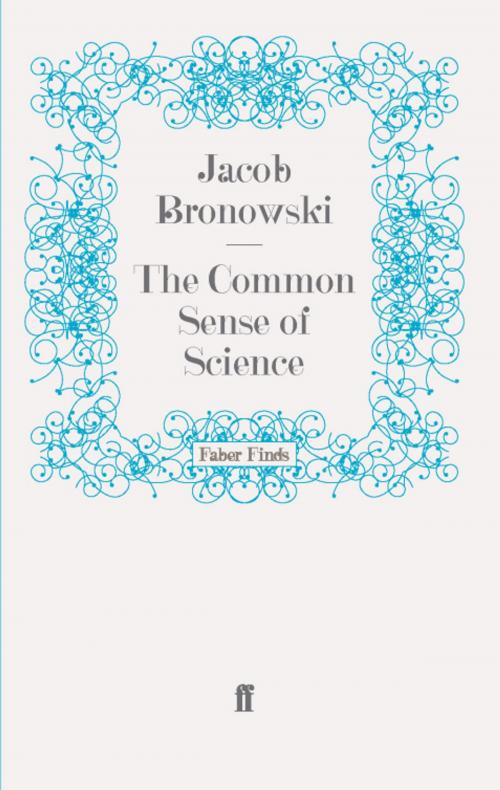The Common Sense of Science
Nonfiction, Science & Nature, Science, Other Sciences, Philosophy & Social Aspects| Author: | Jacob Bronowski | ISBN: | 9780571286942 |
| Publisher: | Faber & Faber | Publication: | December 15, 2011 |
| Imprint: | Faber & Faber | Language: | English |
| Author: | Jacob Bronowski |
| ISBN: | 9780571286942 |
| Publisher: | Faber & Faber |
| Publication: | December 15, 2011 |
| Imprint: | Faber & Faber |
| Language: | English |
Jacob Bronowski was, with Kenneth Clarke, the greatest popularizer of serious ideas in Britain between the mid 1950s and the early 1970s. Trained as a mathematician, he was equally at home with painting and physics, and wrote a series of brilliant books that tried to break down the barriers between 'the two cultures'. He denounced 'the destructive modern prejudice that art and science are different and somehow incompatible interests'. He wrote a fine book on William Blake while running the National Coal Board's research establishment.
The Common Sense of Science, first published in 1951, is a vivid attempt to explain in ordinary language how science is done and how scientists think. He isolates three creative ideas that have been central to science: the idea of order, the idea of causes and the idea of chance. For Bronowski, these were common-sense ideas that became immensely powerful and productive when applied to a vision of the world that broke with the medieval notion of a world of things ordered according to their ideal natures. Instead, Galileo, Huyghens and Newton and their contemporaries imagined 'a world of events running in a steady mechanism of before and after'. We are still living with the consequences of this search for order and causality within the facts that the world presents to us.
Jacob Bronowski was, with Kenneth Clarke, the greatest popularizer of serious ideas in Britain between the mid 1950s and the early 1970s. Trained as a mathematician, he was equally at home with painting and physics, and wrote a series of brilliant books that tried to break down the barriers between 'the two cultures'. He denounced 'the destructive modern prejudice that art and science are different and somehow incompatible interests'. He wrote a fine book on William Blake while running the National Coal Board's research establishment.
The Common Sense of Science, first published in 1951, is a vivid attempt to explain in ordinary language how science is done and how scientists think. He isolates three creative ideas that have been central to science: the idea of order, the idea of causes and the idea of chance. For Bronowski, these were common-sense ideas that became immensely powerful and productive when applied to a vision of the world that broke with the medieval notion of a world of things ordered according to their ideal natures. Instead, Galileo, Huyghens and Newton and their contemporaries imagined 'a world of events running in a steady mechanism of before and after'. We are still living with the consequences of this search for order and causality within the facts that the world presents to us.















